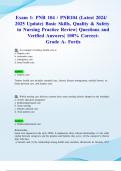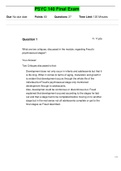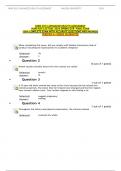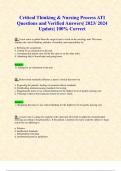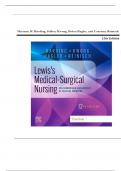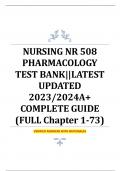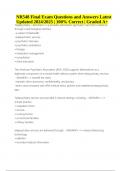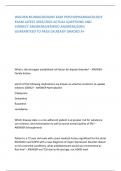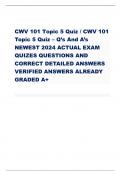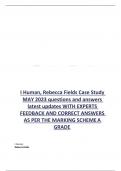Exam (elaborations)
Exam 1: PNR 104 / PNR104 (Latest 2024/ 2025 Update) Basic Skills, Quality & Safety in Nursing Practice Review| Questions and Verified Answers| 100% Correct- Grade A- Fortis
- Course
- Institution
Exam 1: PNR 104 / PNR104 (Latest 2024/ 2025 Update) Basic Skills, Quality & Safety in Nursing Practice Review| Questions and Verified Answers| 100% Correct- Grade A- Fortis Q: An example of tertiary health care is: a. hospice care. b. restorative care. c. emergency care. d. home health care....
[Show more]
